Business owners may be good at brewing the ultimate cup of coffee, servicing a classic bicycle, or cutting the ultimate fringe, but when it comes to evaluating their business’ profitability, many owners still fall short.
It’s an understandable shortfall, too. Many small business owners are driven by passion and superior knowledge of their product or service; a much smaller number open a business because they love determining operating costs, updating balance sheets, and finding break-even points.
But for a business to survive, and ultimately thrive, learning how to determine its profitability is essential – and it’s not as drab as it might initially sound. A basic understanding of profitability, and few core calculations, can help you price products and establish how many of each you’ll need to sell. It’s also a great way to evaluate the overall health of your operation, plan for inevitable bumps, and step things up to the next level.
Here’s how to determine your business profitability:
1. Calculate your net profit margin
Learn how to evaluate your net profit margin. It’s usually expressed as a percentage and shows how much of each rand you make will turn into profit.
Investopedia provides a comprehensive breakdown on how to establish your net profit margin but in essence, you’ll need to find the answer to this formula:
[(Revenue – Cost of Goods Sold (COGS) – Operating and Other Expenses – Interest – Taxes) / Total Revenue] x 100
Net profit margin is an important indicator of your business’s financial health, and tracking this number will help you forecast profits based on your revenue.
Run these calculations monthly – comparing your net profit margin month-to-month will help keep you alert to potential negative trends, or capitalise on positive growth.
2. Calculate your gross profit margin
Next, calculate your business’s gross profit margin. This is an important step – particularly if you’re selling physical products. Doing so will tell you how much money you have remaining from product sales, after you’ve subtracted the COGS, and whether you are pricing your products correctly.
Most companies express gross profit margin as a percentage of sales, and you can calculate it using the following formula:
(Net Sales – COGS) / Net Sales
The higher the percentage, the higher the profit you’re making off each product. Although a high number here is the goal, if you’re selling a large volume of products it’s easier to settle for a lower gross profit margin.
Provided your gross profit margin isn’t decreasing, and you have a firm grasp of your net profit margin, you should be fine. If your gross profit margin is dipping, this calculation is the best way to tell whether it might be time to increase your product prices.
3. Determining your operating profit margin
According to the Corporate Finance Institute, “Operating profit margin is a profitability or performance ratio that reflects the percentage of profit a company produces from its operations, prior to subtracting taxes and interest charges.”
Calculating your operating profit margins will show you how much profit your business is making from its main operations – essentially, how much profit you’re making from a rand of sales. It’s expressed as a percentage, and you can calculate operating profit margin with the following formula:
Operating Earnings / Revenue
This ratio will give you insight into how well you are managing your company, given that it takes into account variable costs (like rent and salaries) that owners have more control over compared to the cost of materials used in their products. For this reason, it’s a margin often used when evaluating the strength and management of a business when it’s being sold.
4. Finding a break-even point
Establishing your break-even point – the point at which revenue generated is equal to your expenses – is an important part of creating a profitable business. A business may, for example, be turning over a lot of cash, but still be making a sizeable loss.
Together with the above formulas, establishing your break-even point can help you improve the profitability of your products, understand how much wiggle room you have before you make a loss, establish sales targets, and evaluate the impact of changes to pricing and sales volumes.
There are several ways to establish your break-even point, but the following formula offers a simple solution for finding your break-even point in units:
Fixed Costs / (Price – Variable Costs)
5. Return on assets ratio
Calculating your return on assets gives you insight into how much profit each asset is generating, and the percentage of each rand that you have invested in the business that has been returned to you in the form of a profit. A high return on assets ratio is a good indication that you are using your assets effectively to generate a profit.
You can calculate your return on assets with the following formula:
Net Income After Tax / Total Assets
Although profit is the main goal for any business, it’s also important to weigh this up alongside growth. Young companies may not yet be profitable – but provided they are growing, and have a clear trajectory, there may not be any cause for concern.
Even so, it’s critical to keep a handle on your business’s profitability – and an effective approach to this aspect can help ensure your business isn’t only stable, but has every possibility to keep expanding.


